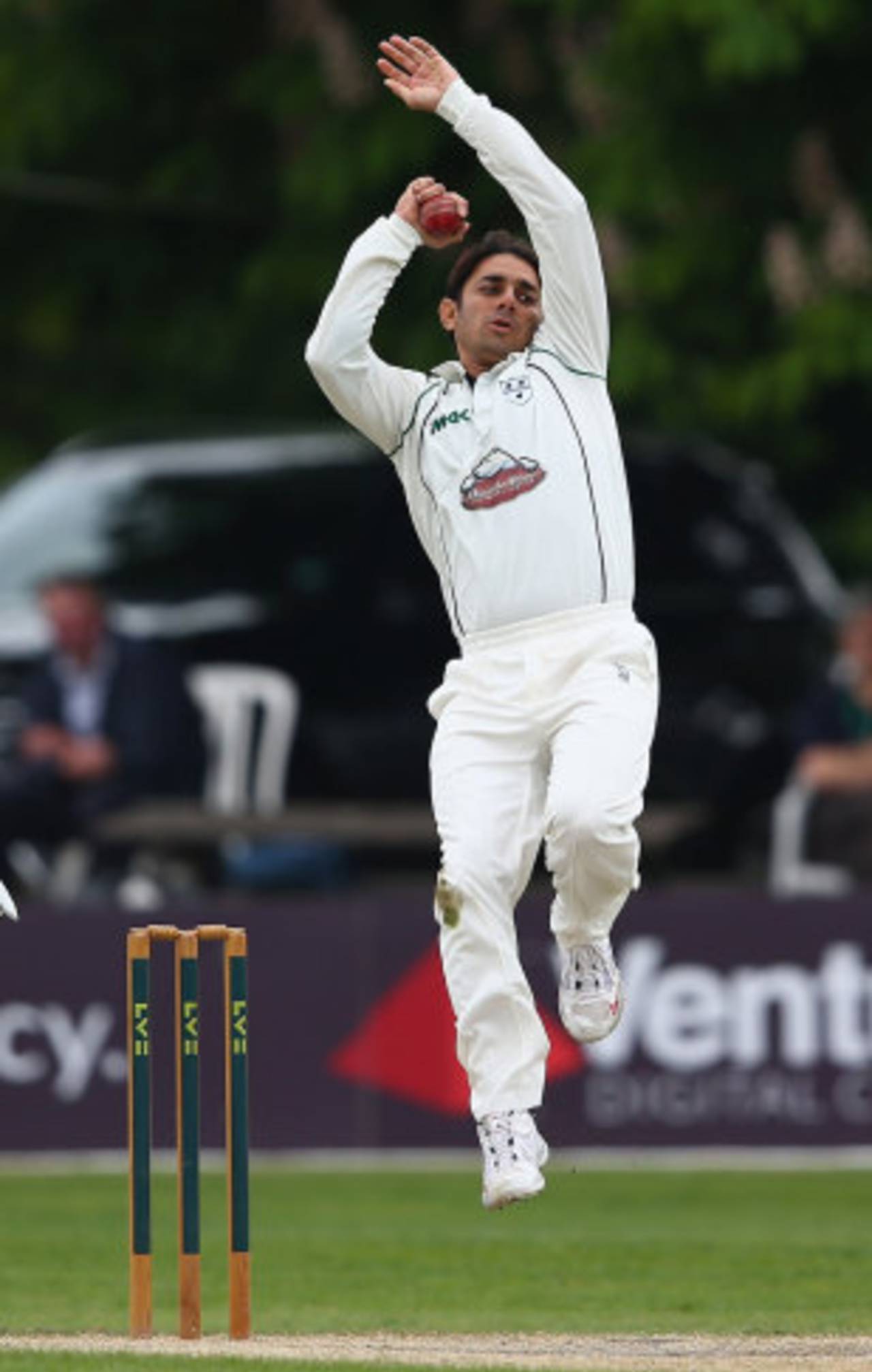If there was any doubt about the seriousness of the ICC's renewed vigour in pursuing bowlers with illegal actions, it should have dissipated by now. For umpires to call Shane Shillingford, Kane Williamson and Sachithra Senanayake, as they have done in recent months, is one thing.
Saeed Ajmal? That shows a different degree of vigour altogether. Ajmal is, alongside Rangana Herath, the world's best spinner. He is among the best bowlers in the world, the one man because of whom Pakistan remain a threat. Nobody has taken more international wickets since the start of 2011; nobody is really even close to his 323-wicket haul.
He is the biggest fish. It is something the ICC has been working towards. In June this year, at an ICC meeting, the cricket committee expressed concerns about the identifying, reporting and testing of suspect actions.
Primarily, the ICC is unhappy with the biomechanics lab at the University of Western Australia in Perth, where bowlers with suspect actions have usually been sent for testing and correction. The ICC is not convinced that the lab's testing procedures are rigorous enough, at least to the standards they want. They are unhappy that not enough of the bowlers reported and then tested in recent years have been found to possess suspect actions.
So now they are taking greater control over the process, accrediting a number of other labs around the world where they can implement uniformity to the testing, to the standards they want. Not least of the issues to keep an eye on with this case will be where Ajmal goes for testing.
Perhaps it is no coincidence that the actions of Williamson and Senanayake were tested and confirmed to be illegal at a newly accredited facility, at the Cardiff Metropolitan University's School of Sport in Wales (Shillingford, and teammate Marlon Samuels, it is only fair to point out, were banned from bowling after tests in Perth).
But somebody has to report them first and had umpires not been emboldened to do so, none of this would be happening. At that ICC meeting, the committee recommended changes to specifically "encourage umpires and referees" to identify suspect actions.
That was followed by the words of the ICC's general manager, cricket, Geoff Allardice at the annual general meeting at the end of June. "There's enough bowlers with suspect actions that should be being scrutinized, that probably haven't been."
The message is clear. So is the bigger picture in which Ajmal finds himself. It is the details, however, that are not so straightforward. Ajmal was reported in 2009 as well, and was cleared to bowl again soon after. The ICC loves to insist no bowler is ever permanently cleared, but to many constituencies, Ajmal's action has never been quite right.
The accompanying conjecture is not as bad as the hounding of Muttiah Muralitharan, but it has been snide. Michael Vaughan's recent tweeting of a grainy photograph of Ajmal in delivery is a classic example of the kind of mischief some have sought.
Ajmal has not helped, as when, back in 2012, he seemed to suggest the ICC had granted his action a special allowance. They had done no such thing. Ajmal was simply unable to articulate clearly in English vital technical information.
That little episode did shed a light, however, on how little people understand of suspect actions. A bent elbow during delivery is not the vital measure, for example: it is to the degree that the elbow straightens when the ball is released that is. That should not exceed 15 degrees and in the 2009 tests that Ajmal spoke of, he did not.
To the naked eye his action over the last five years has not looked particularly changed. Was it different in Galle? Did his action become more ragged because of how much he bowled? He always bears a heavy burden though (he has bowled more international overs than anyone since 2011). It could just be that the environment is changing around him.
Unusually, and ominously for him, it may not be just Ajmal's doosra that is under scrutiny. The ICC has said only that a "number of deliveries" raised concerns. Ajmal is unique in one respect: the 2009 tests found that his elbow straightened fractionally more (but within legal limits) for his off-break and quicker ball than for the doosra.
The impact on Ajmal will be difficult to gauge. He likes to play the free, easy and unconcerned simpleton but he is infinitely more complex. He might take heart from having been cleared once before. He might let it weigh him down. Either would be a pretty normal reaction to a difficult situation.
Pakistan will not even want to imagine a world without Ajmal. Over the last 15 years they have seen the careers of so many of their leading bowlers curtailed that if Ajmal does not clear those tests, they might be compelled to acknowledge that the posting itself is cursed.
Osman Samiuddin is a sportswriter at the National. @sprtnationaluae
